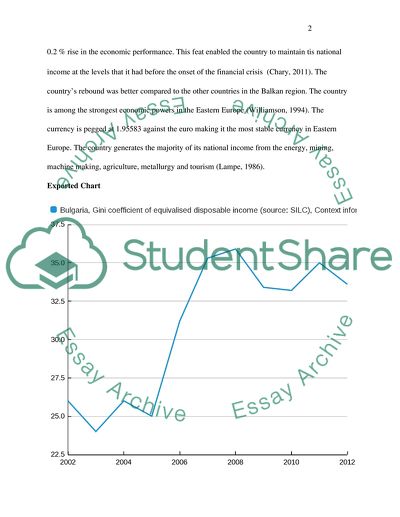Cite this document
(The Economic Performance of Bulgaria Assignment, n.d.)
The Economic Performance of Bulgaria Assignment. Retrieved from https://studentshare.org/macro-microeconomics/1815500-write-a-development-profile-on-a-country-of-bulgaria
The Economic Performance of Bulgaria Assignment. Retrieved from https://studentshare.org/macro-microeconomics/1815500-write-a-development-profile-on-a-country-of-bulgaria
(The Economic Performance of Bulgaria Assignment)
The Economic Performance of Bulgaria Assignment. https://studentshare.org/macro-microeconomics/1815500-write-a-development-profile-on-a-country-of-bulgaria.
The Economic Performance of Bulgaria Assignment. https://studentshare.org/macro-microeconomics/1815500-write-a-development-profile-on-a-country-of-bulgaria.
“The Economic Performance of Bulgaria Assignment”, n.d. https://studentshare.org/macro-microeconomics/1815500-write-a-development-profile-on-a-country-of-bulgaria.


